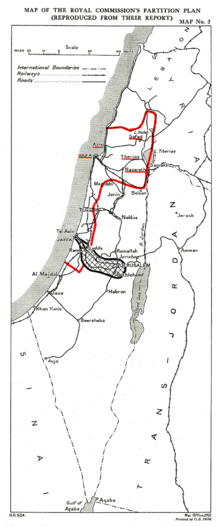A crewman directs a pipe on a site for TransCanada's Keystone XL project in Wood County, Texas, in 2012. (Cody Duty / Houston Chronicle)
In March 2012, President Obama visited the Pipe Yard in Cushing, OK where he announced his support for the Gulf Coast Project and directed his administration “to cut through the red tape, break through the bureaucratic hurdles, and make this project a priority, to go ahead and get it done.”
Today – almost two years later – the Keystone Gulf Coast Project has begun shipping about 830,000 barrels of oil a day across the 485 miles from Cushing, OK south to state-of-the-art refineries down on the Gulf Coast in Nederland, TX. The project took 4,000 tradesman and construction workers 16 months to complete. Additional vendors and local businesses also benefited including the Read Ice Company in Kountze, Texas, 25 miles northwest of Beaumont which contracted with TransCanada to provide ice cold water to construction workers.
America’s energy consumers have reason to celebrate these jobs and the economic benefits resulting from the start of service for the southern leg of the Keystone XL pipeline project. But even as it launches today, delay pervades the remainder of the Keystone XL pipeline. Why more than five years after the initial filing are we still waiting for a final decision from the Obama Administration?
The Keystone XL pipeline project could be so much more. The next phase of the Keystone XL Pipeline project includes building a new pipeline from Hardisty, AB to Steele City, NE, where will it will connect with an existing pipeline that runs to Cushing. This final leg will require 9,000 more tradesman and construction workers. It could provide a $5 billion investment boost into the U.S. economy – not to mention the millions in tax revenue for cities and towns along the route.
Why is building energy pipelines to Cushing, OK so important? It is the epicenter for storing crude oil in the United States. From Cushing, crude oil is sent to Gulf Coast refiners where it is made into gasoline, jet fuel, diesel fuel and several other products which the U.S. economy uses to power businesses, manufacturing facilities, automobiles, truck fleets and airplanes.
Building the final leg of Keystone XL will connect landlocked crude oil being produced in the Bakken formation in North Dakota to Gulf Coast refiners. In turn, there will be downward pressure on prices and a more reliable stream of crude into and out of America’s energy producing network.
This new found reliability will make the U.S. less dependent on crude oil imports from regimes like Venezuela or Persian Gulf countries (link to other op-ed).
With all of these tremendous benefits available to the United States through the Keystone XL pipeline, why are we still waiting for a decision?
Already subjected to five years of government study and delay, the Keystone XL pipeline has been reviewed by the Nebraska Department of Environmental Quality (NDEQ). The pipeline project has now undergone multiple environmental reviews by the State Department. This new review should be completed sometime this year. After that, it’s all up to President Obama.
However, if it had followed the same regulatory process as the Gulf Coast Project, the Keystone XL pipeline would now be up and running, supplying America’s largest refineries on the Gulf Coast with a secure supply of lower-cost oil from producers in Canada and the U.S. Bakken region. It’s clear that there is a fundamental disconnect between the processes for these two pipelines.
Back in March 2012, President Obama stated to a crowd in Cushing, OK: “Today, we’re making this new pipeline from Cushing to the Gulf a priority…we’re going to go ahead and get that done. The northern portion of it we’re going to have to review properly to make sure that the health and safety of the American people are protected. That’s common sense.”
We can all agree that a thorough review is appropriate to ensure that the health and safety of the American people are protected. However, after five years of foot dragging by the State Department, now we are past the point of common sense. Instead, political debate on what is now the most thoroughly studied and publicly discussed pipeline in American history has replaced any logical thought common sense. Instead of misinformation continuing to plague the progress of one of the nation’s largest “shovel ready” construction projects, it’s time to make the Keystone XL pipeline a priority.
As the most-studied and safest pipeline in history, the Keystone XL pipeline project is still a good idea and enjoys the support of more than 70 percent of Americans. Mr. President, it’s time for common sense to prevail. It’s time to build the Keystone XL pipeline.
http://fuelfix.com/blog/2014/01/22/a-tale-of-two-pipelines-its-time-for-common-sense-to-prevail/

